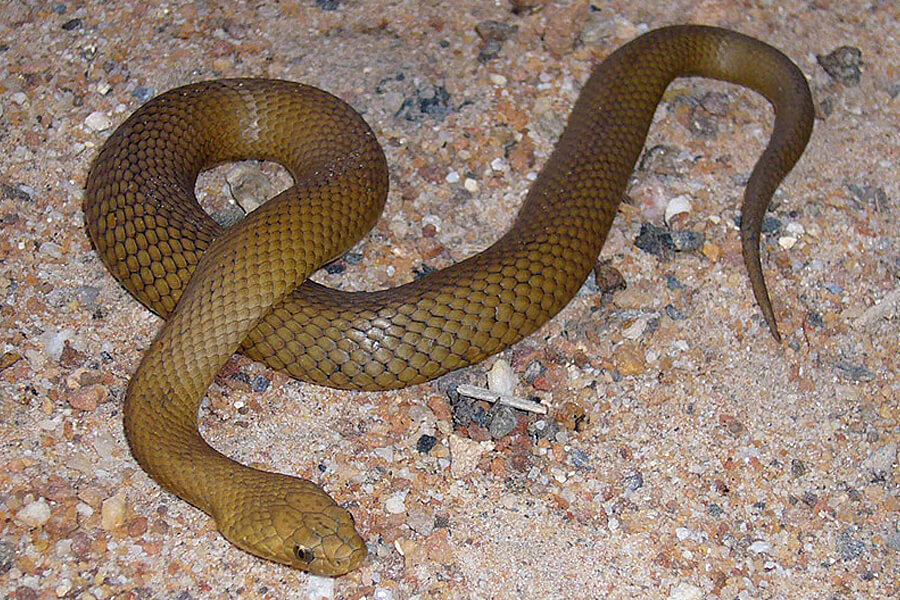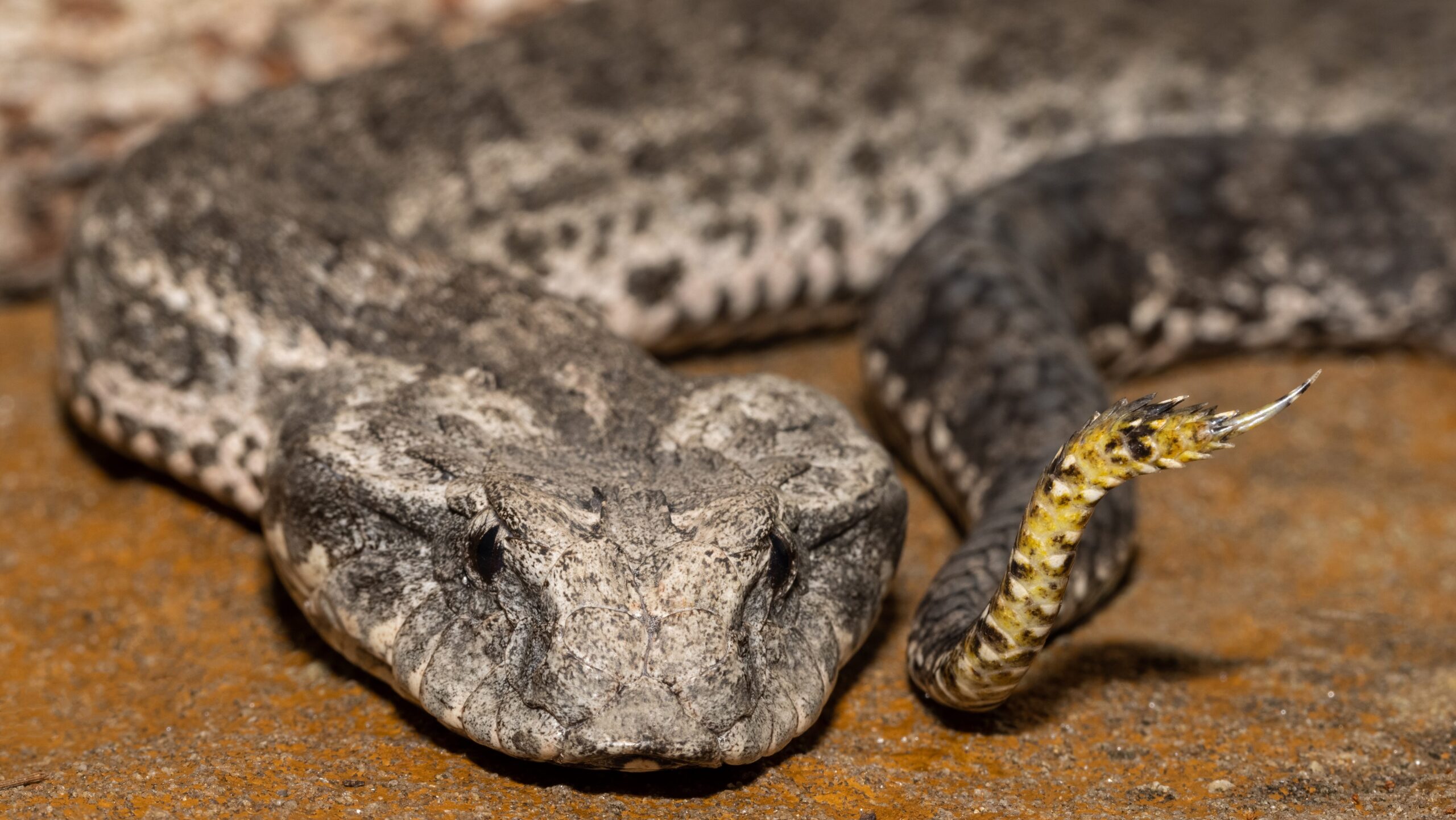Introduction
Tiger snakes (Notechis scutatus) are amongst one of the most fascinating yet been afraid reptiles located in Australia. With their striking appearance and potent venom, these snakes stimulate a mix of admiration and caution. Observing tiger serpents in their native environment can be an electrifying experience for nature fanatics, wildlife photographers, and scientists alike. However, it's critical to approach this undertaking with regard for the animal's habitat and an understanding of precaution to prevent snake bites.

In this detailed guide, we'll explore exactly how to safely observe tiger serpents in their natural habitat. We will cover subjects varying from comprehending their behavior and environments to emergency treatment for snake attacks-- outfitting you with understanding to enhance your experience while reducing risks.
What is a Tiger Snake?
Tiger serpents are highly poisonous snakes belonging to Australia, particularly Tasmania and seaside regions. They are known for their unique banded pigmentation resembling a tiger's stripes, which can vary from yellowish-brown to dark brownish or even black.
Physical Characteristics
Tiger serpents are medium to large-sized snakes that can grow up to 2 meters long. Their bodies are durable, and they have a broad head that is clearly bigger than their necks.
Habitat Preferences of Tiger Snakes
These reptiles commonly live in marshes, tidewaters, and coastal areas yet can likewise be discovered near freshwater sources like rivers and lakes. Recognizing where these serpents live is critical for any person wanting to observe them safely.
Understanding Tiger Serpent Behavior
Are Tiger Snakes Venomous?
Yes, tiger serpents are among the most poisonous snake varieties around the world. Their poison contains neurotoxins that can cause significant clinical complications if bitten.
Behavioral Traits
Tiger serpents are generally shy animals; they favor to avoid human communication. Nonetheless, they can become hostile if endangered or caught.
Where Can You Locate Tiger Snakes?
Tiger Serpent Environment Exploration
To safely observe tiger snakes in their all-natural environment, it's vital initially to recognize where they thrive. They often tend to prefer:
- Coastal marshlands Mangroves Swamps Riverbanks
Best Areas for Observation
Some suggested locations include:
- Tasmanian wetlands The shorelines of southern Australia National parks with water bodies
Safety Preventative measures Before Observing Tiger Snakes
Understanding the Risks of a Tiger Serpent Bite
Although experiences with tiger snakes can be thrilling, knowing the risks involved is paramount:
Recognize symptoms of a serpent bite: swelling at the website, pain emitting from the bite area. Know emergency calls: Acquaint yourself with regional emergency situation services. Carry a first-aid set particularly geared up for serpent bites.First Aid for Serpent Bites: What You Required to Know
Knowing what actions to take if bitten could conserve your life or someone else's:
- Stay calmness; motion enhances venom spread. Call for clinical aid immediately. Do not apply ice or attempt suctioning.
How to Securely Observe Tiger Snakes in Their All-natural Habitat
types of black snakes in AustraliaWhen you determine to observe tiger serpents in the wild:

Dress Appropriately: Use long trousers and sturdy boots. Use Binoculars: Maintain a risk-free range while observing these reptiles. Avoid Sudden Movements: Quick motions may alarm them. Stay on Established Trails: Avoid straying into thick underbrush where exposure is low.
Equipment Required for Observation
Essential Equipment Checklist
- Binoculars First-aid package especially developed for snake bites Field guidebook on Australian reptiles Camera (with zoom ability)
Snake Bite Emergency treatment Kit Essentials
A well-appointed emergency treatment package ought to consist of:|Product|Function|| -------------------------------|-------------------------------|| Compression bandage|To http://sergiotxvk760.lowescouponn.com/dealing-with-a-tiger-snake-bite-vital-first-aid-tips-and-tricks debilitate the affected area|| Antihistamines|For allergic reactions|| Emergency situation get in touch with numbers|Quick accessibility during emergencies|
Interpreting Tiger Snake Signals
Understanding just how tiger serpents communicate via body movement helps observers assess when it's safe or hazardous:
Common Behaviors
Defensive pose: If coiled or elevated off the ground. Retreating actions: When they gradually back away from possible threats.Dealing With Potential Encounters
Even with precautions taken, an encounter may still occur during your monitoring journey:
Remain tranquility; panicking only heightens risks. Slowly back away without turning your back on the snake. Make your visibility known verbally but avoid sudden movements.Frequently Asked Concerns Regarding Tiger Snakes
1. What ought to I do if I see a tiger snake?
Remain calm; observe from a distance without disturbing it.
2. Are child tiger snakes dangerous?
Yes, adolescent tiger snakes are birthed poisonous and might present dangers comparable to adults in spite of being smaller.

3. Exactly how usual are tiger serpent bites?
While occurrences happen annually in Australia, fatalities are unusual because of timely treatment availability.
4. Can I keep a tiger serpent as a pet?
Keeping wild tiger serpents as family pets is unlawful in many areas because of conservation laws.
5. What does a tiger serpent bite look like?
Bite marks generally show two puncture injuries along with local swelling and discoloration.
6. Exactly how efficient is antivenom?
Antivenom therapy is very effective when administered timely after a bite.
Conclusion
Observing tiger serpents in their all-natural habitat Venom extraction and antivenom production in Australia offers an exciting possibility for wildlife lovers but have to be come close to with care and respect for both the creature and its atmosphere. By equipping yourself with knowledge concerning these interesting reptiles-- consisting of comprehending their habits and precaution-- you can take pleasure in memorable experiences while significantly lowering threats related to encounters.
In summary, constantly focus on safety and security by preparing sufficiently prior to embarking on any type of wildlife monitoring exploration-- especially when taking care of some of nature's most venomous animals like the tiger snake!